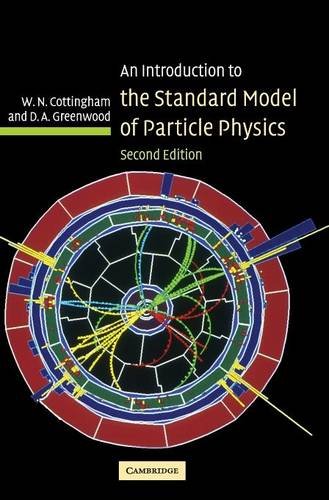An Introduction to the Standard Model of Particle Physics epub
Par woodruff vanessa le jeudi, mars 2 2017, 04:21 - Lien permanent
An Introduction to the Standard Model of Particle Physics by D. A. Greenwood, W. N. Cottingham


An Introduction to the Standard Model of Particle Physics D. A. Greenwood, W. N. Cottingham ebook
Publisher: Cambridge University Press
ISBN: 0521852498, 9780521852494
Format: pdf
Page: 294
The Standard Model of Particle Physics (SM) is the theory that describes, well, everything with the exception of gravity (Yes, this is admittedly a pretty big exception). None of the model's 16 other particles was as elusive. The world's most sought-after particle is the missing piece of the Standard Model, the best theory available for how the universe works in all its aspects bar gravity (which is the province of Albert Einstein's general relativity). The Higgs boson theory is a theory based on the Standard Model of Particle Physics – a model of the fundamental particles which make up the universe and a model capable of explaining all physics as we know it today! The standard model is the name given in the 1970s to a theory of fundamental particles and how they interact. Rather than giving you a standard introduction to the modern formulation of particle physics, I am going to take a historical approach. The unification between the general theory of relativity and the standard model of particle physics is one of the most important problems in theoretical physics [1]. So far, no hints of “new physics” beyond the Standard Model — the accepted set of equations describing the known elementary particles — have shown up in experiments at the Large Hadron Collider, operated by the European research laboratory CERN outside Geneva, or anywhere else. The model divides elementary particles into two classes. �This, perhaps, shows that we should take a step back and start thinking anew on the problems for which SUSY-based phenomenology was introduced,” Shifman said. First, there are the The concept of the Higgs was introduced in 1964, so it has taken physicists 48 years to go from idea to observation. Obviously, the Higgs boson's mass is less than infinite. For an introduction to the Higgs boson, click here, here, or here (This last one is pretty good). So let's talk mass and why this is still a very good thing for particle physics.